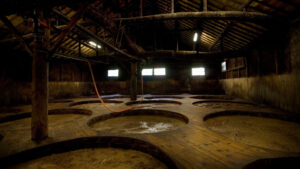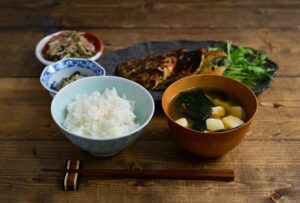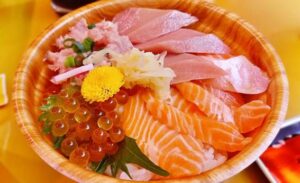Let’s talk about Fermented Foods!! Part 3
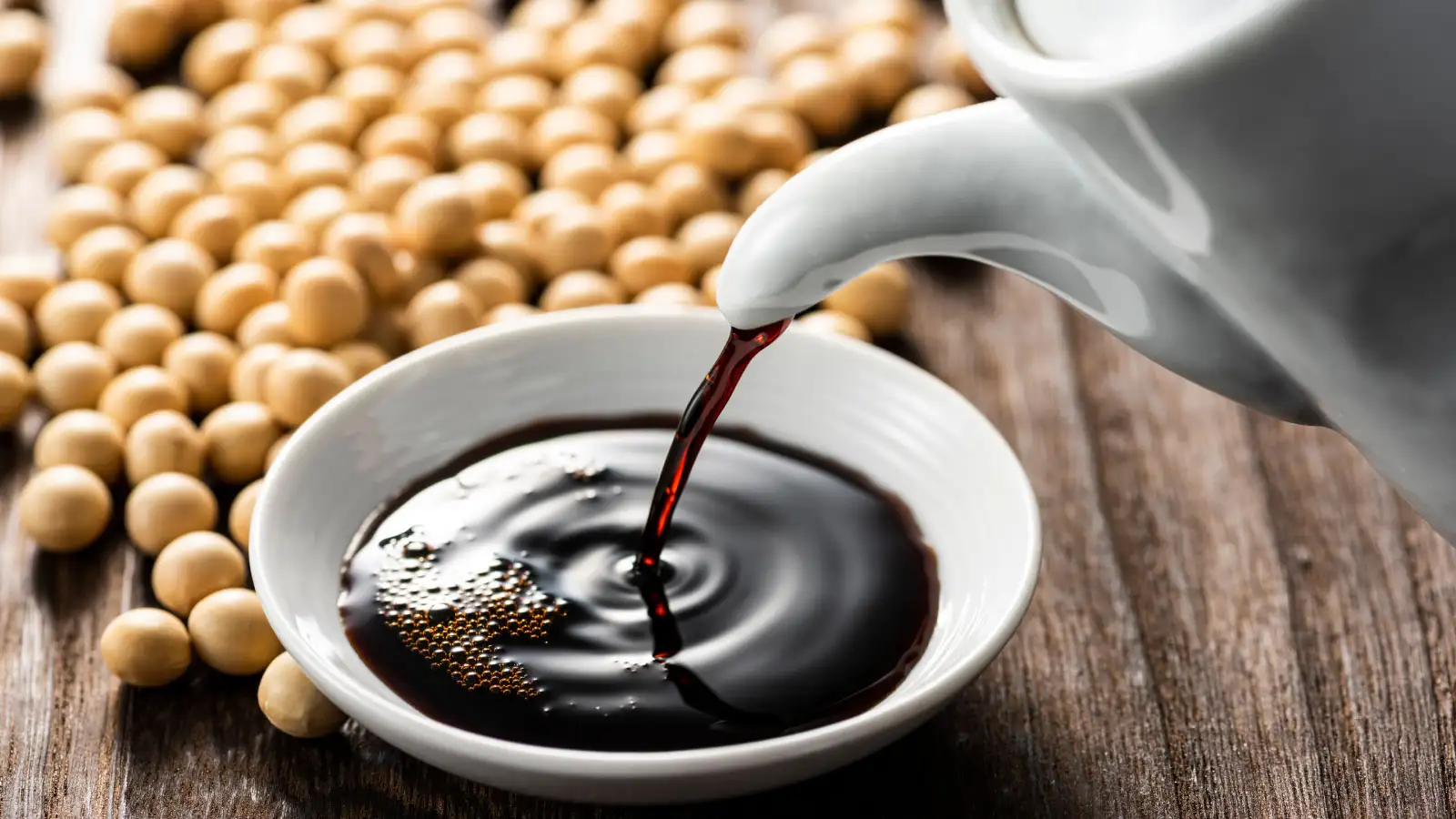
The soy sauce manufacturing methods were born in Kishu Yuasa. Around 1580, Tamai soy sauce, believed to be the first soy sauce vendor in Japan, started selling soy sauce and miso paste.
There is a record from 1588 that about 18,000L of tamari soy sauce was sent from Kishu to Osaka.
When industrial production began in the Edo period, the ingredient barley was replaced by wheat. Thus, “koikuchi” or regular dark soy sauce was mass-produced and popularized.
The popularity of soy sauce-based foods such as tempura, soba, and kabayaki (an eel dish) also led to a boom in the food industry.
Today, consistent, high-quality soy sauce is mass-produced and distributed not only throughout Japan, but also throughout the world, including the United States, China, Australia, and other countries.
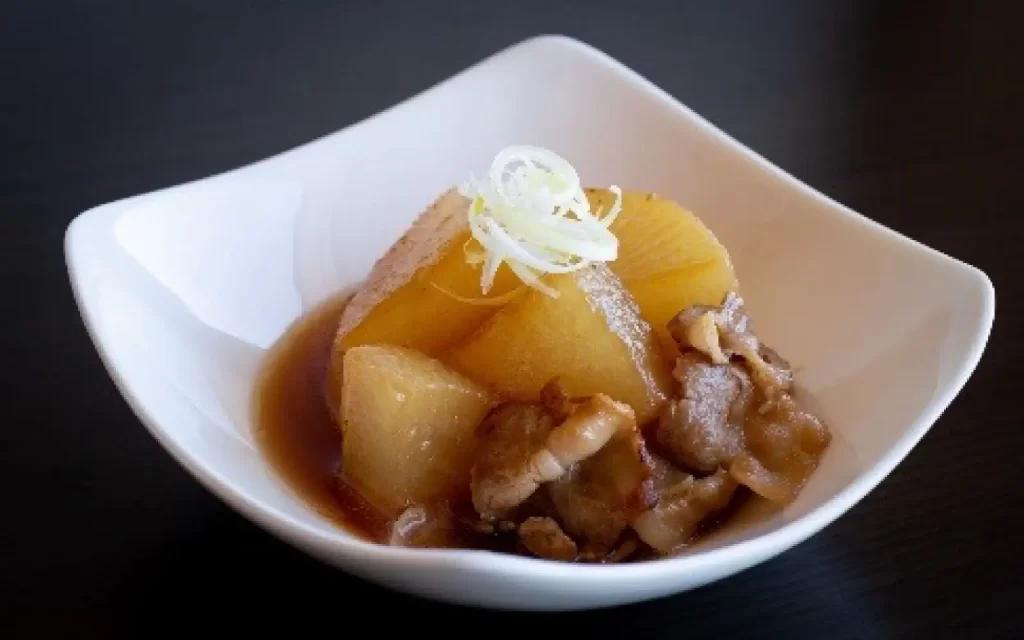
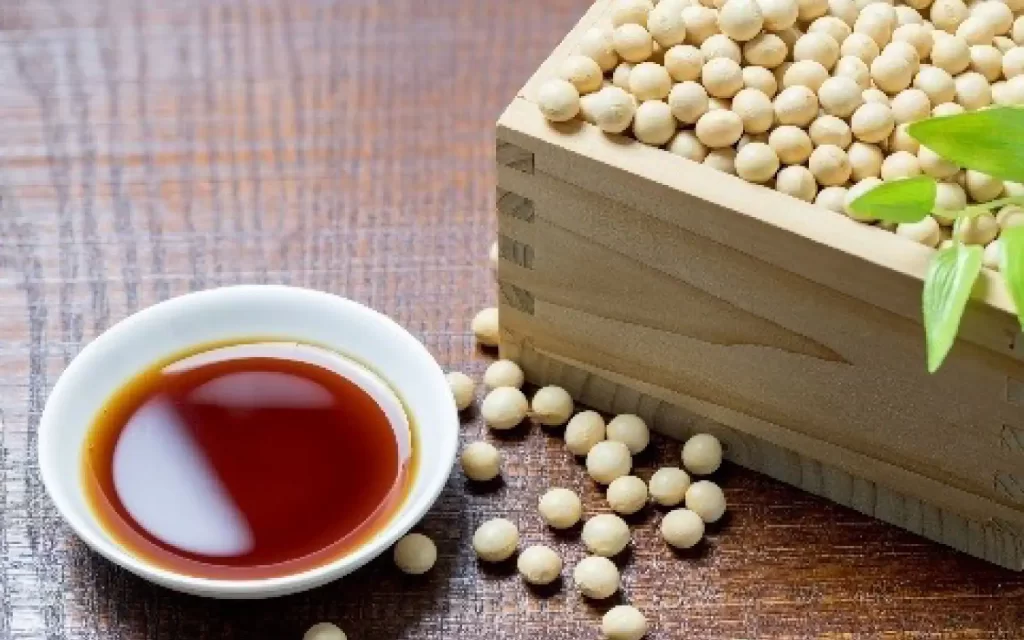
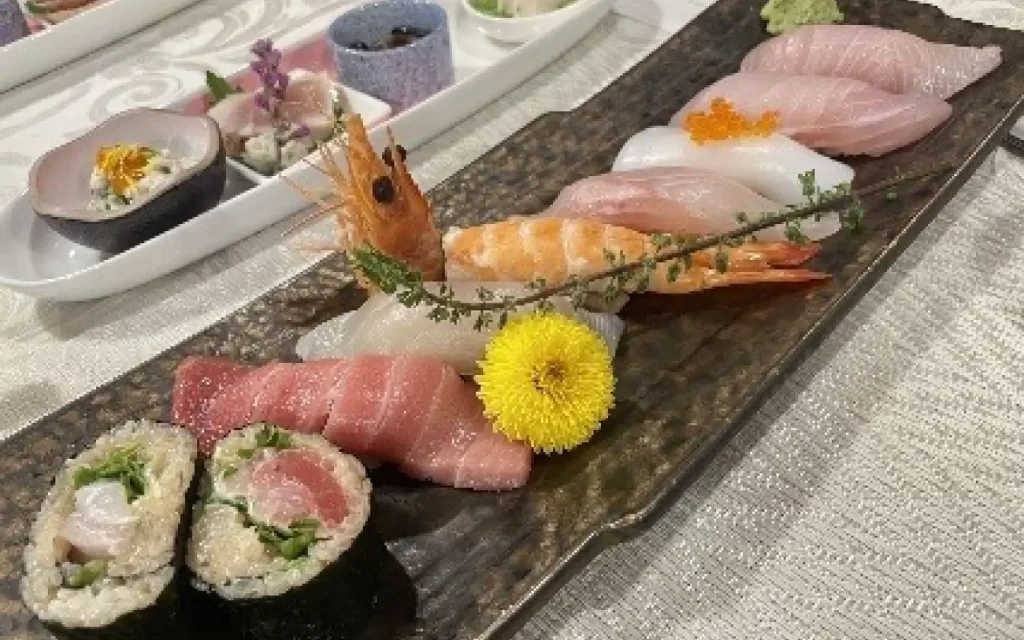
Do you know there are five type of soy sauce in Japan?
Each region has its own unique flavor, reflecting regional tastes and brewing history. The five types of soy sauce have been classified by JAS (Japan Agricultural Standards), including Koikuchi shoyu (Dark color soy sauce), Usukuchi Shoyu (light color soy sauce), Tamari , Saishikomi Shoyu (Refermented) and Shiro Shoyu (extra light color soy sauce).
While Koikuchi (dark soy sauce) is widely used in Japan, sweet soy sauce is more popular in Kyushu, light soy sauce in Kansai, and tamari or white soy sauce in Chukyo.
Tamari soy sauce is gluten-free, so people with wheat allergies can use it without worry.
Introducing a variety of fermented foods from Gunma!
Tamari, Smoked Naturally brewed soy sauce and doubled brewed soy sauce
Oka Naosaburo-Shoten: Premium Tamari (100% domestic soybeans are used.)
In 1787, Chubei Oka, an Omi merchant, established a soy sauce brewery in Omama. For more than 200 years, we have been producing soy sauce using the same vats that have been handed down from generation to generation, focusing on “natural brewed soy sauce made in wooden vats”. Today, the production of naturally brewed soy sauce, which is fermented and aged by natural temperature fluctuations, still relies on the skill and intuition of artisans.
Premium Tamari 500ml
Expiration date: 730 days, keep in room temperature. It is fermented and aged using only whole Japanese soybeans and does not contain any additives or preservatives. It shines beautifully when heated, so it is recommended for yellowtail and chicken teriyaki, Tsukudani, Shigureni, Sukiyaki broth, and as a secret ingredient in curry. It is also a great accompaniment for red meat sashimi and sushi. Because Tamari is gluten-free, customers who are allergic to wheat can use them without worry.
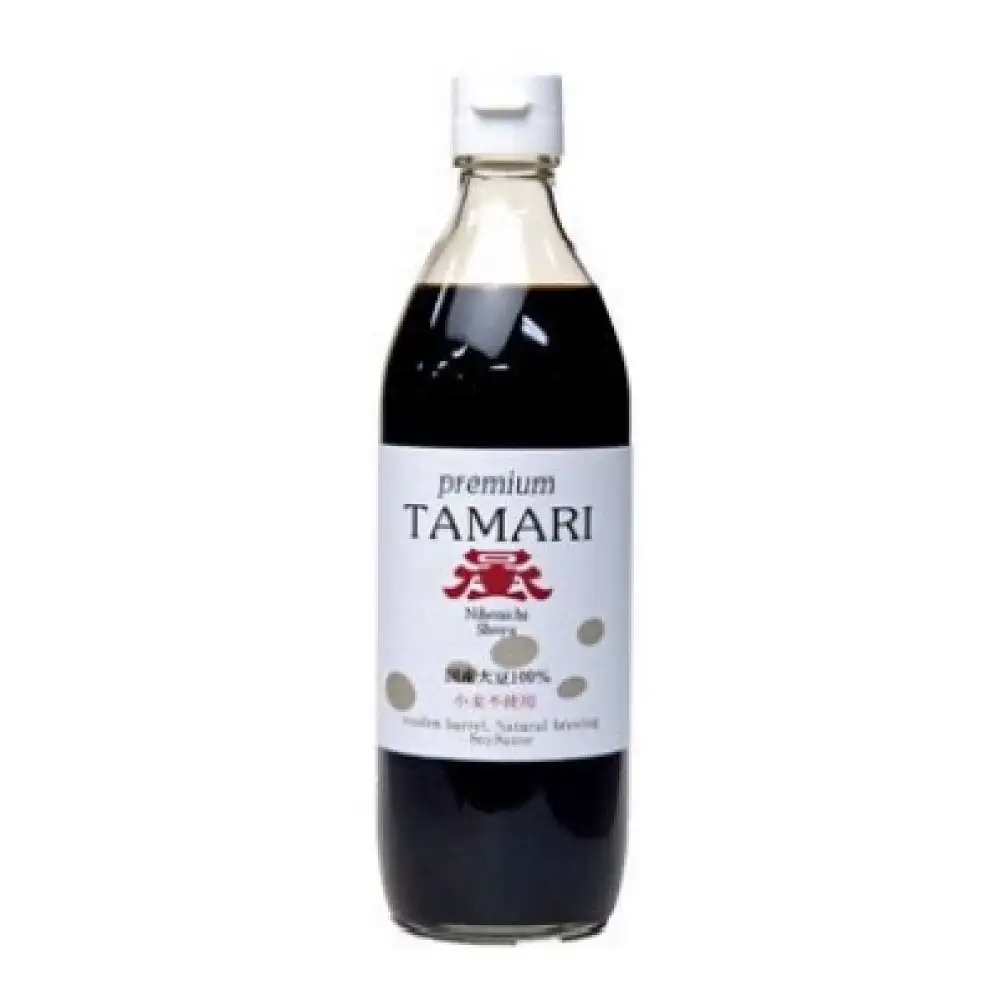
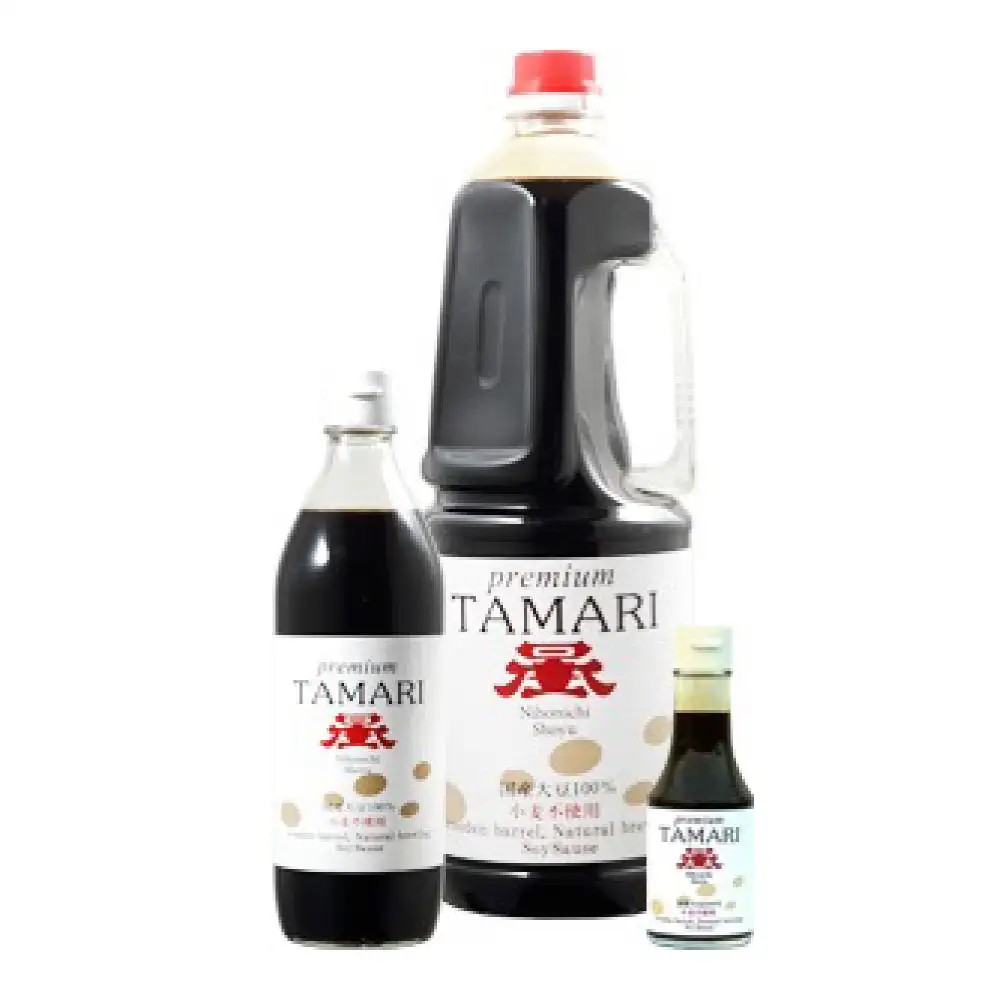
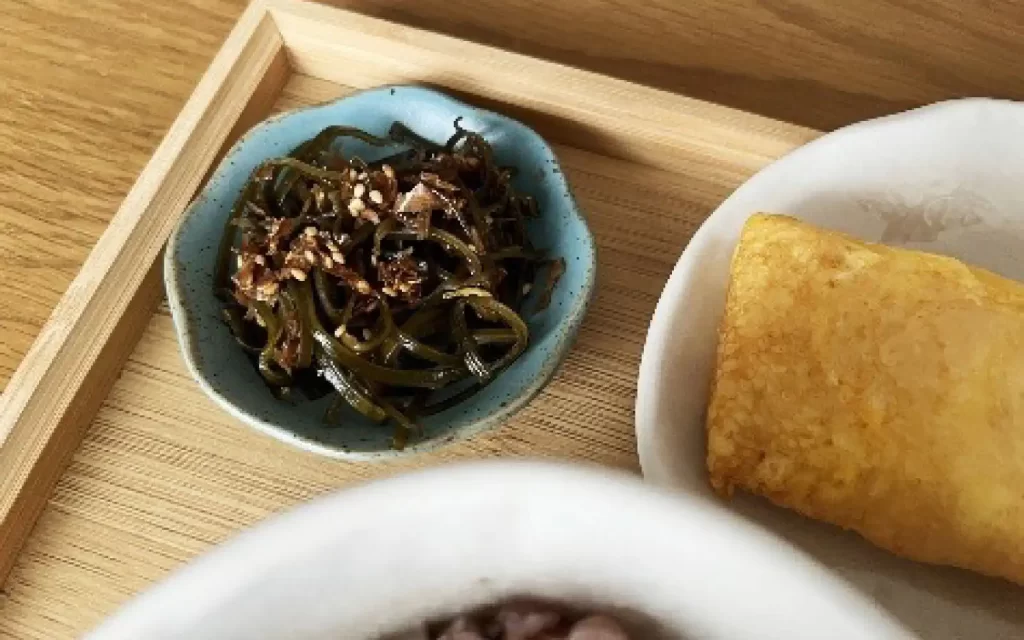
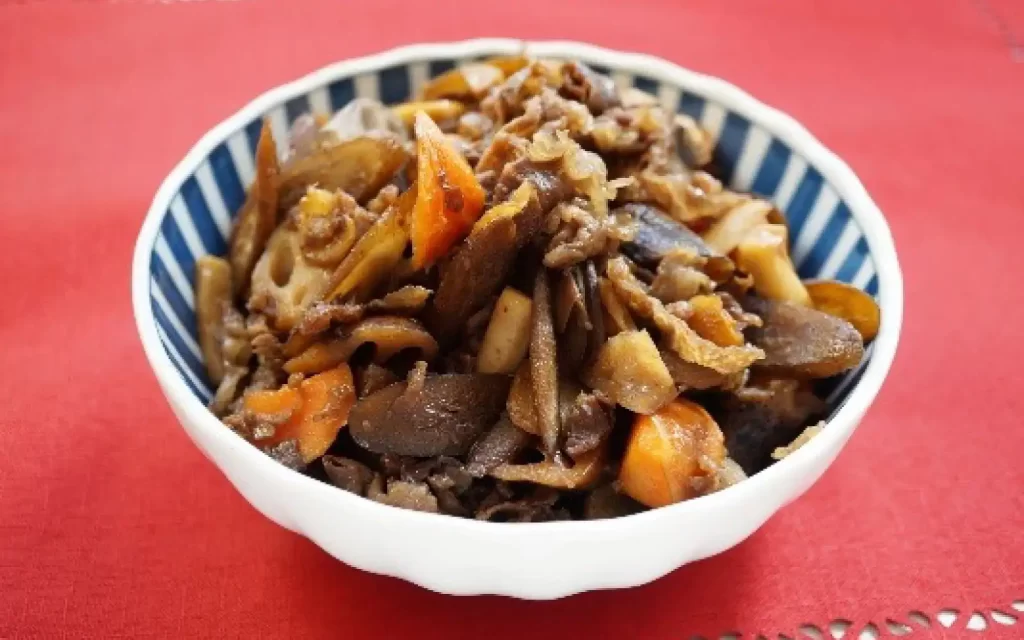
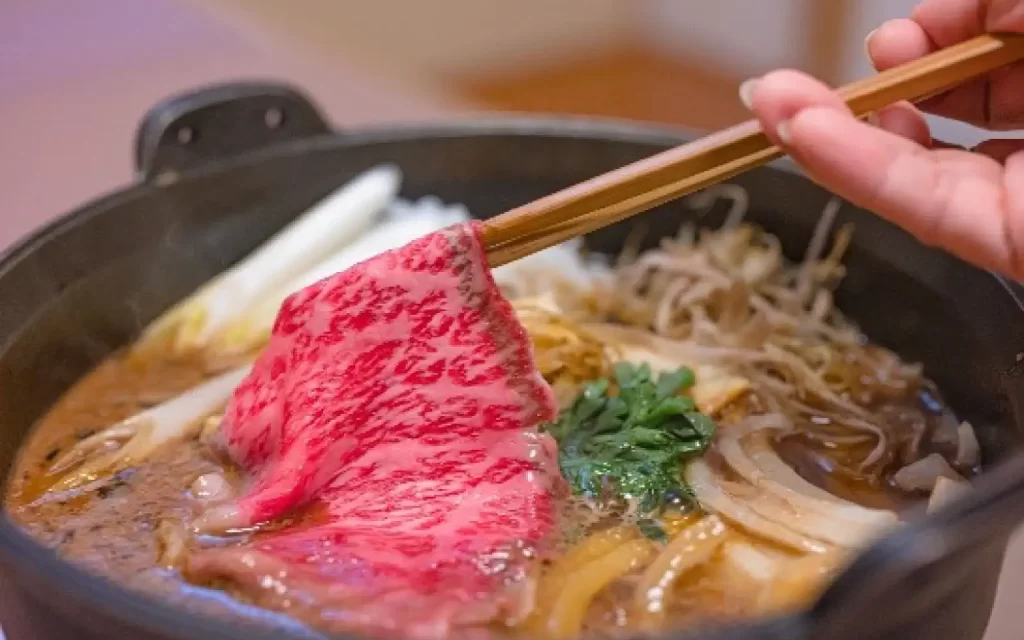
Oka Naosaburo-Shoten:http://www.nihonichi-shoyu.co.jp/sp/
Aritaya: Smoked Naturally brewed soy sauce and Naturally doubled brewed soy sauce
Annaka in Jyoshu, a prosperous post town along the Nakasendo in the Edo period (1603-1868), is known as “a place famous for its outstanding natural beauty “.
Aritaya has been using the traditional “natural fermentation method” and making new attempts to produce better soy sauce for more than one hundred and eighty years.
By closely watching what happens to soybeans, wheat, salt, water, and microorganisms such as yeast and lactic acid, they will continue to take fermentation seriously.
Smoked Naturally brewed soy sauce 70ml Glass bottle
Expiration date: 365 days, keep in room temperature
This new soy sauce is a naturally brewed soy sauce, born from an ancient traditional process, enhanced with the latest smoking technology and patented manufacturing process. It is used by the world’s most renowned vegan chef.
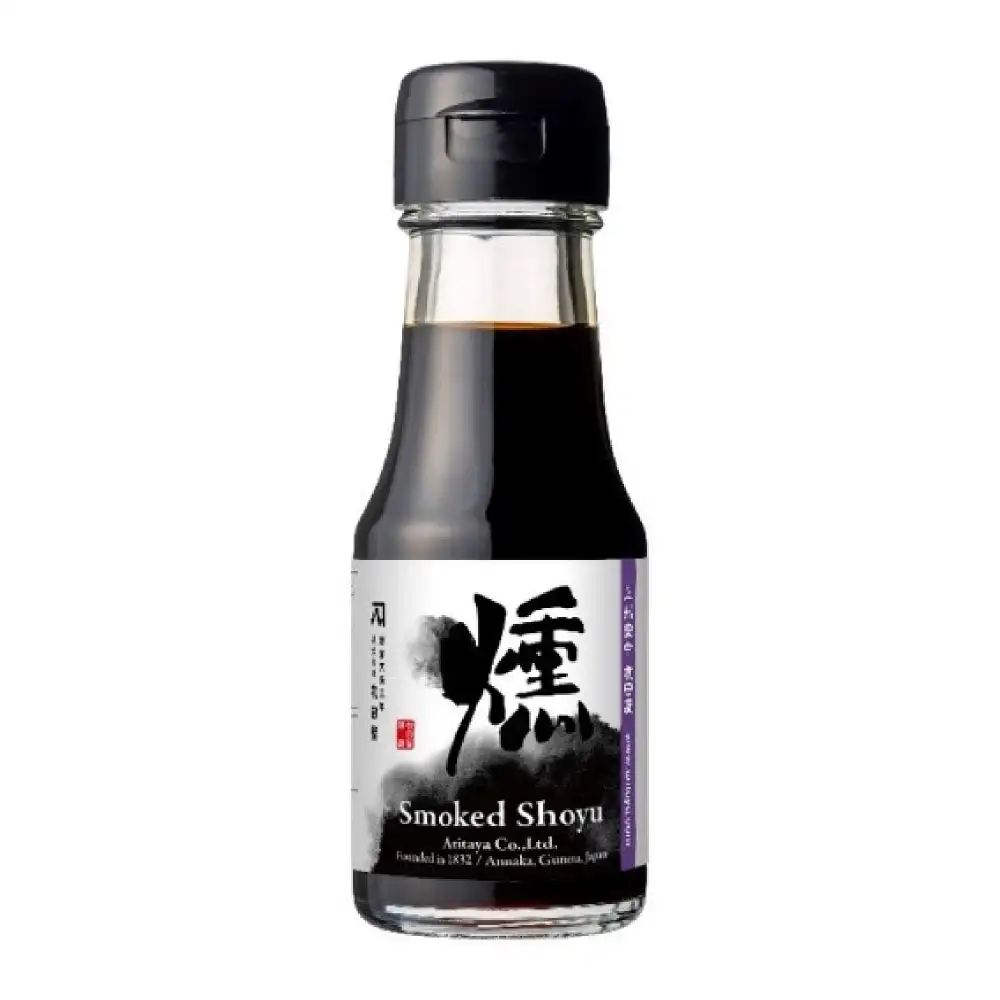
Naturally doubled brewed soy sauce 70ml glass bottle
Expiration date: 365 days, keep in room temperature
In the normal process of making soy sauce, soy sauce malt and salt water are combined, fermented, and matured, then the moromi is squeezed out and sterilized before commercialization, but this ” Naturally doubled brewed soy sauce” uses soy sauce instead of salt water and is considered a very valuable soy sauce.
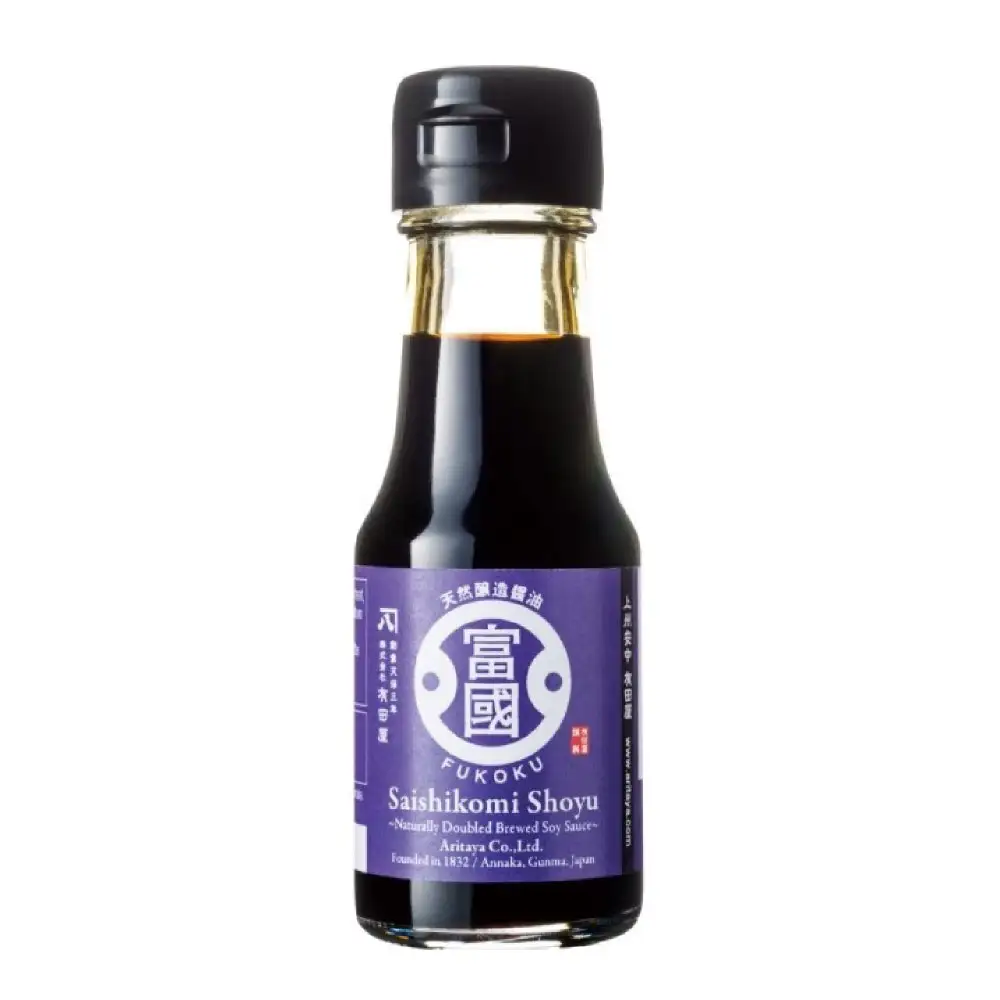
Aritaya:http://www.aritaya.com/



